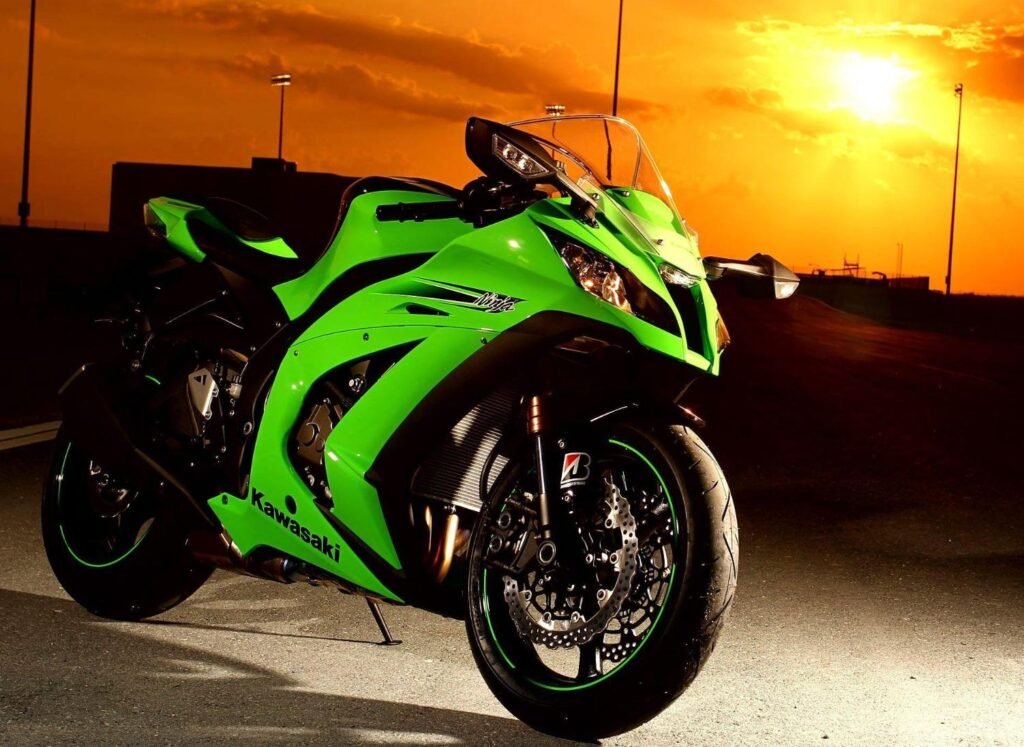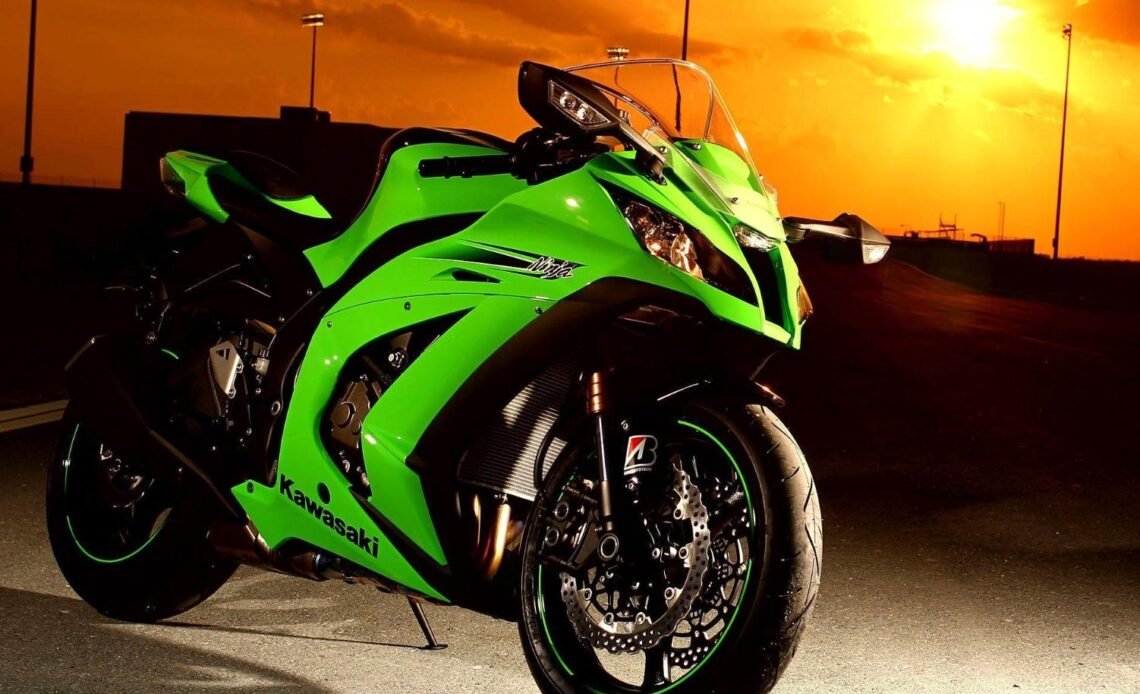Kawasaki has confirmed the Ninja 300 sportbike will return to the United States market as a 2026 model, reviving a popular entry-level option discontinued in 2018. This move raises questions about potential upgrades to the Versys-X lineup, as enthusiasts hoped for a more powerful Versys-X 400 or 500 using similar engine tech.
Ninja 300’s Surprising Comeback
The Ninja 300 first hit American roads in 2013, offering riders an affordable and agile sportbike with a 296cc twin-cylinder engine. It quickly gained fans for its fun handling and beginner-friendly power.
Kawasaki pulled it from the US in 2018, replacing it with the larger Ninja 400 to meet growing demand for more performance. Yet, the company kept producing the 300 for markets like India, where it remains a bestseller.
Recent filings with the California Air Resources Board show the bike is set for a US relaunch. Updates include a new windscreen, projector headlights inspired by the ZX-6R, and possible engine tweaks for better efficiency.
This return positions the Ninja 300 below the Ninja 500 in Kawasaki’s lineup, targeting budget-conscious riders and new motorcyclists. Prices are not yet announced, but experts predict it will start around $5,000, making it one of the most accessible sportbikes available.

Reasons Behind the Revival
Market trends point to a surge in demand for smaller, more affordable motorcycles amid rising fuel costs and urban commuting needs. The Ninja 300 fits perfectly, offering 296cc of power that delivers about 70 miles per gallon on highways.
Kawasaki’s strategy seems focused on filling gaps in their entry-level segment. While the Ninja 500 appeals to intermediate riders, the 300 could attract beginners who want something sporty without overwhelming power.
Global sales data from 2024 shows small-displacement bikes like this one grew by 15 percent in popularity, especially in emerging markets. Bringing it back to the US taps into that momentum.
Competitors like Honda’s CBR300R have held steady, leaving room for Kawasaki to reclaim market share. This move also aligns with broader industry shifts toward sustainable and economical riding options.
Industry analysts suggest emissions regulations played a role, with the updated 300 meeting stricter 2026 standards without major redesigns.
Impact on Versys-X Upgrades
The Versys-X 300, an adventure-touring bike sharing the same 296cc engine as the Ninja 300, has long been praised for its versatility on and off road. Riders love its lightweight chassis and long-travel suspension, ideal for light adventures.
However, many hoped Kawasaki would upgrade it to a 400cc or 500cc platform, similar to how the Ninja evolved. Teasers in recent years fueled speculation about a Versys-X 400 with more torque for highway cruising.
With the Ninja 300’s return, that upgrade looks less likely soon. Keeping the 300 platform active in the US suggests Kawasaki might stick with the current Versys-X 300 for another model year.
This could disappoint adventure riders seeking more power for loaded tours or rough terrain. The existing model tops out at around 39 horsepower, which some find limiting on longer trips.
On the positive side, the Ninja’s updates might trickle down to the Versys-X, like improved lighting or efficiency tweaks, without a full engine overhaul.
Key Features Comparison
To understand the Ninja 300’s place in the market, here’s a quick look at how it stacks up against its siblings.
| Feature | Ninja 300 (2026) | Ninja 400 | Ninja 500 |
|---|---|---|---|
| Engine Size | 296cc | 399cc | 451cc |
| Horsepower | ~39 hp | ~45 hp | ~51 hp |
| Top Speed | ~105 mph | ~110 mph | ~115 mph |
| Starting Price | ~$5,000 (est.) | $5,299 | $5,299 |
| Fuel Economy | ~70 mpg | ~55 mpg | ~50 mpg |
This table highlights the 300’s edge in efficiency and affordability, making it a smart choice for daily riders.
Rider Reactions and Community Buzz
Online forums and social media are buzzing with mixed feelings about the Ninja 300’s return. Many welcome the affordable option, especially in a time when motorcycle prices have climbed.
Adventure enthusiasts, however, express frustration over the stalled Versys upgrades. Posts from riders highlight desires for a bike that bridges entry-level adventure with serious touring capability.
Some speculate this could open doors for aftermarket mods, like engine swaps, to boost the Versys-X performance.
Overall, the community sees this as Kawasaki prioritizing sportbike sales over adventure expansions, at least for now.
What the Future Holds
Looking ahead, Kawasaki might still surprise with a Versys-X update in 2027, perhaps tying into hybrid tech patents filed recently. These hint at electrified adventure bikes, which could redefine the segment.
For now, the Ninja 300’s revival strengthens Kawasaki’s small-bike offerings, potentially boosting sales in a competitive market.
Riders interested in adventure options should watch for official announcements at upcoming motorcycle shows.
We encourage you to share your thoughts on the Ninja 300’s return and its effects on the Versys lineup. Have you ridden these bikes? Drop a comment below and join the discussion—your insights could help fellow enthusiasts decide.
